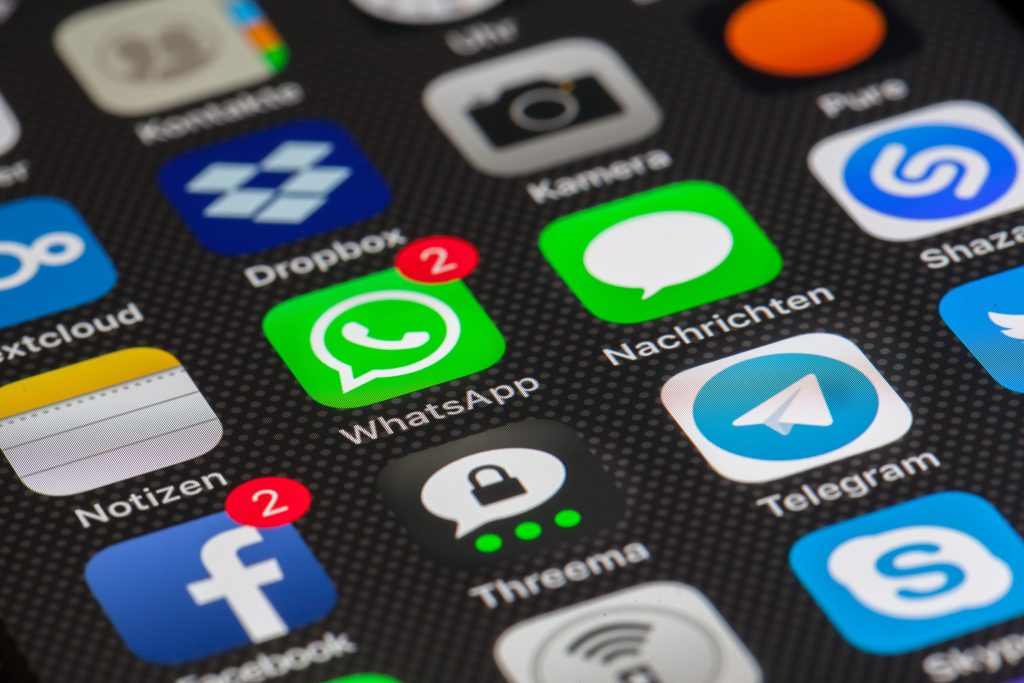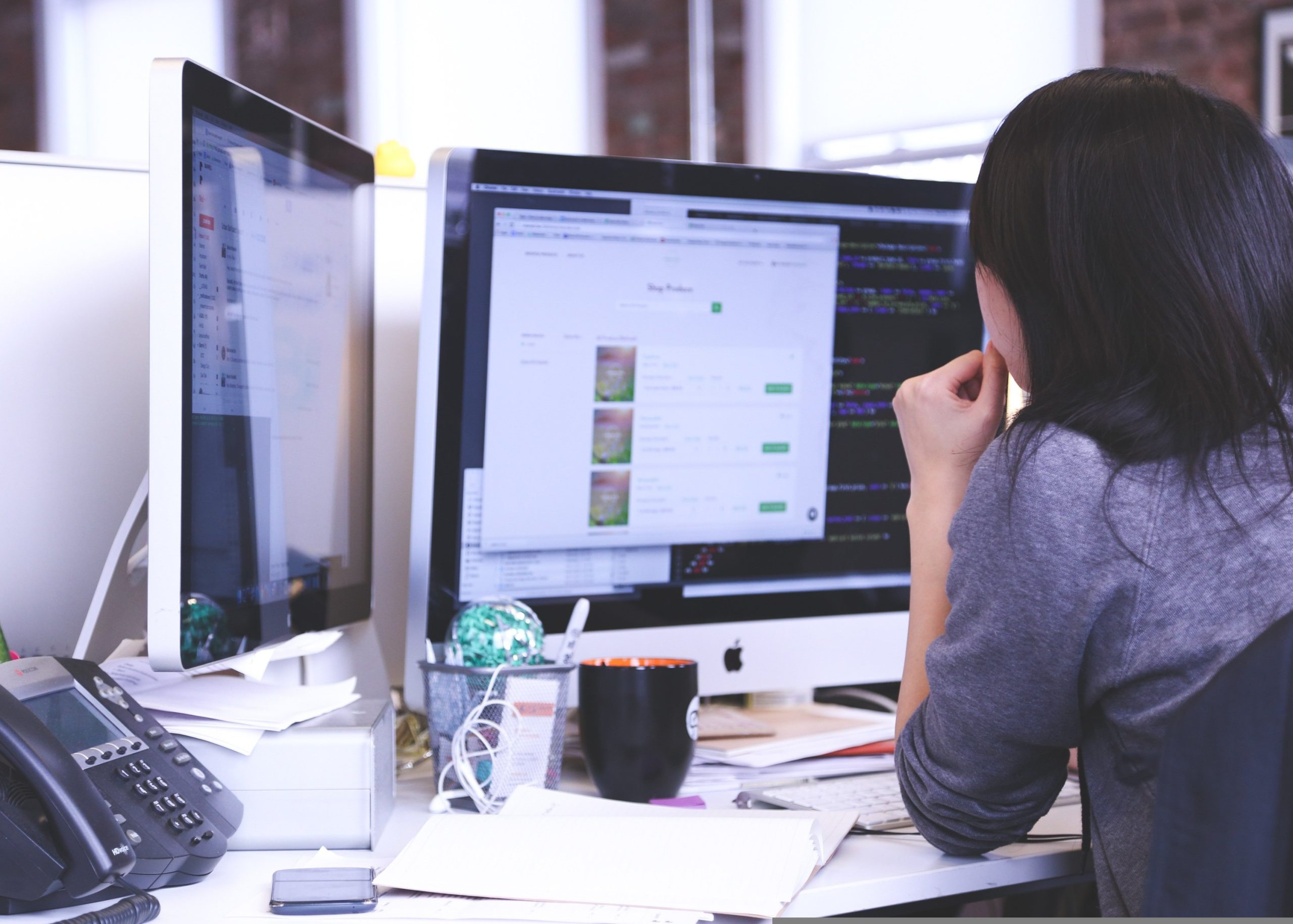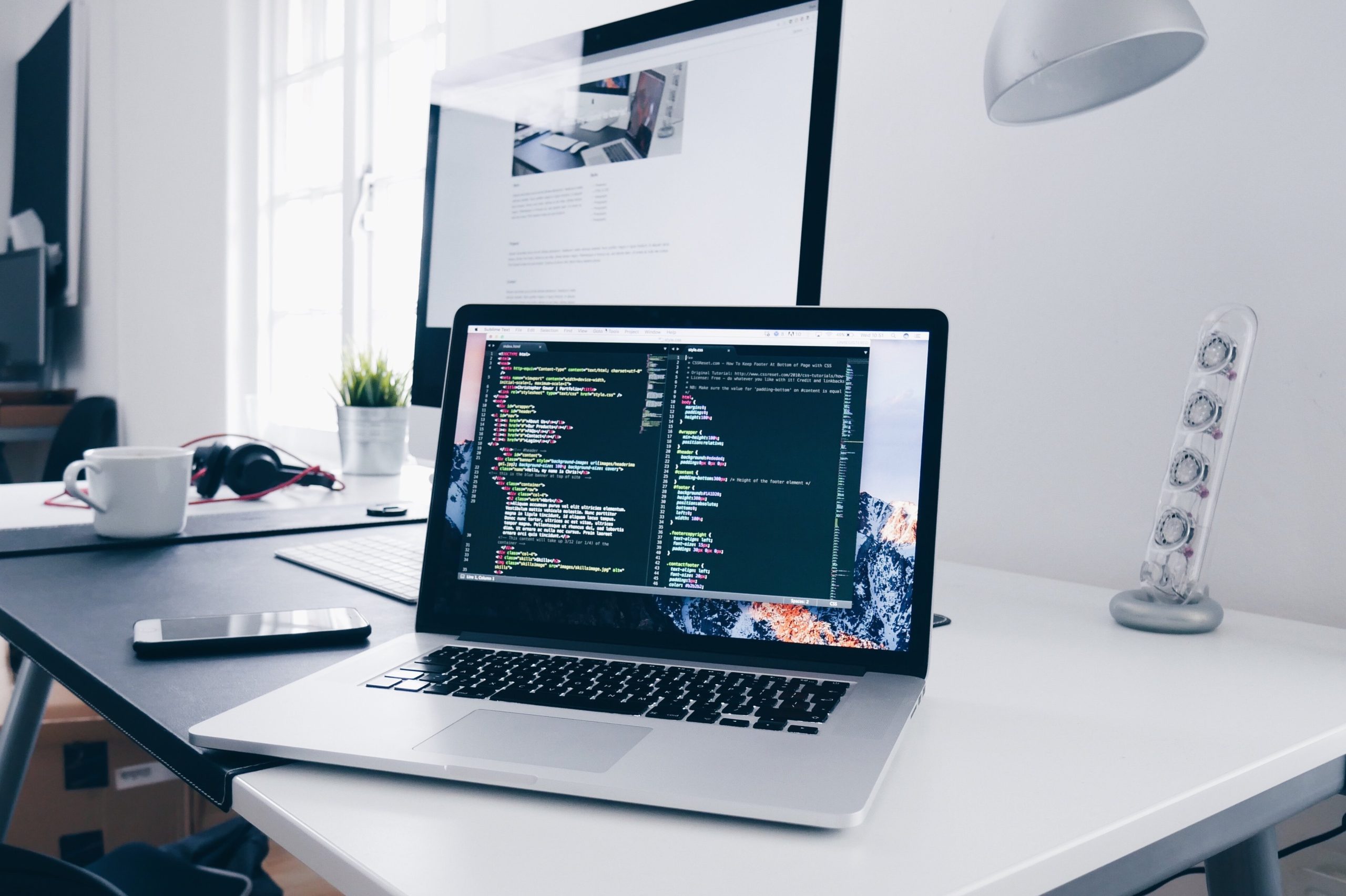In today’s world, social media is almost impossible to avoid. From Facebook and Instagram to TikTok, X (formerly Twitter), and LinkedIn, people use these platforms to connect, share, learn, and even grow their careers. But while social media makes life more interactive and fun, it also opens the door to serious risks. One of the biggest? Losing your digital privacy.
Digital privacy is not just about keeping secrets. It’s about protecting your identity, your personal data, and even your safety. Unfortunately, most people don’t think about it until something goes wrong—like a hacked account, stolen photos, or worse, identity theft.
So, why is digital privacy so important, and what can you do to stay safe on social media? Let’s break it down in a way that’s easy to understand and practical to apply.

Why Digital Privacy Matters
Think about what you post on social media. Photos, opinions, birthdays, check-ins at restaurants, maybe even details about your family or job. Every little detail might seem harmless, but together, they create a digital footprint—a profile that strangers, companies, or even hackers can piece together.
Here’s why that matters:
- Identity Theft
Cybercriminals can use your personal information (like full name, birthday, or address) to impersonate you, open accounts, or commit fraud. - Online Harassment
Sharing too much personal information can make you a target for cyberbullying, stalking, or harassment. - Manipulation
Ever wonder why ads seem to “know” what you want? That’s because your data is constantly being tracked, sold, and used to influence what you see online. - Professional Risks
Employers often check social media before hiring. Something you post today could affect your career tomorrow.
In short: if you don’t control your digital privacy, someone else will.
Common Threats to Your Privacy on Social Media
To protect yourself, you first need to understand the risks. Here are the most common:
- Phishing attacks – Fake links or messages designed to steal your login details.
- Data mining – Platforms collect your behavior to sell to advertisers.
- Fake accounts – Impostors pretending to be you or your friends.
- Oversharing – Revealing too much personal information that others can exploit.
- Weak passwords – Easy-to-guess passwords make hacking simple.
Simple Steps to Protect Your Privacy
Now that you know the risks, let’s talk about solutions. The good news is that protecting your privacy doesn’t require being a tech genius. Here are practical steps anyone can follow:
1. Adjust Your Privacy Settings
Every major social platform allows you to control who sees your posts. Make your profiles private where possible, and regularly check your settings. Don’t just accept the defaults—they often favor openness, not security.
2. Think Before You Share
Ask yourself: Do I really need to post this? Avoid sharing sensitive details like your home address, phone number, or real-time location. A vacation picture is fine, but maybe post it after you return instead of while you’re away.
3. Use Strong and Unique Passwords
A weak password like “123456” or “password” is like leaving your front door wide open. Use long, unique combinations with numbers, symbols, and both uppercase and lowercase letters. Even better: use a password manager.
4. Enable Two-Factor Authentication (2FA)
2FA adds an extra layer of security by requiring a code sent to your phone or email. Even if someone steals your password, they won’t get in without that second factor.
5. Watch Out for Phishing
Never click suspicious links or download files from strangers. If a message looks odd—even from a friend—double-check before responding.
6. Review Apps and Permissions
Many apps connect to your social media accounts. Over time, you may have granted access to tools you no longer use. Review and remove unnecessary permissions to reduce risks.
7. Separate Personal and Professional Profiles
If you use social media for business, keep that account separate from your personal one. It helps protect your private life while maintaining professionalism.
How Much Should You Share? Finding Balance
Here’s the tricky part: social media is designed for sharing. So how do you find the sweet spot between enjoying it and protecting yourself?
- Share moments, not details. A photo of your meal is harmless. A photo showing your house number is not.
- Delay your posts. Instead of posting in real time, share later. This reduces risks of being tracked.
- Keep some things private. Not every part of your life needs to be online. Keep personal milestones for close friends and family.
The Role of Social Media Companies
Of course, privacy isn’t just your responsibility. Social media companies play a huge role in how safe (or unsafe) their platforms are. Critics argue that these companies profit from collecting and selling user data. While true, users still have some control. By being cautious and proactive, you can limit how much data is available to them.
It’s also important to support platforms that prioritize transparency and give users genuine control over their data.




